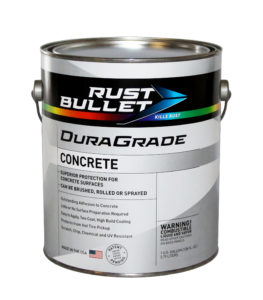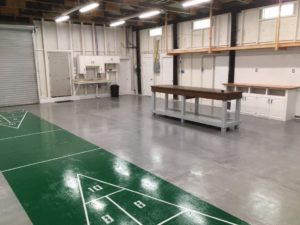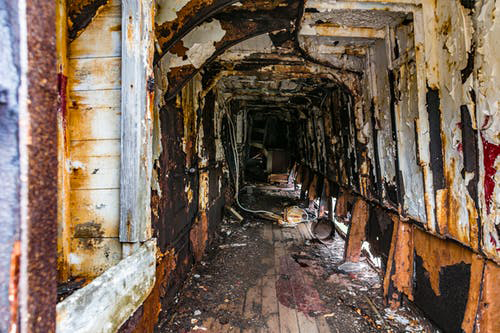Typically, rust doesn’t occur overnight. Because rust and corrosion are part of a chemical process, it occurs gradually. Still, “gradually” doesn’t necessarily mean years. Rusting may happen within weeks or a matter of days, depending on the type of environment and the surface involved. The most immediate reaction rusted asset owners – be they automobiles, industrial equipment or concrete infrastructure – have is to rush in and paint the asset – and that may not always work! This post explores why rust paint failures occur, and what asset owners can do about them.
Painters beware!
Rust is an iron oxide, which typically manifests itself as a reddish or brownish substance. As highlighted earlier, rust forms under varied circumstances, usually as a chemical reaction – called oxidation, between iron and oxygen, with the catalyst being moisture or water. Another characteristic of rust is that it is not homogenous – asset owners must beware that there are different types of rust.

Another element to take note of is that, your automobile might not rust under one set of conditions, but your farming equipment may rust under identical situations. That’s because every metal has different properties that react differently with water, moisture and oxygen. And it is your choice of rust paint and corrosion protection coatings that can make a difference.
Why rust paints fail
While rust-proof paints can help, they may also fail to do their job adequately. Rust paint failures can occur at several stages, and paint crews can spot them if they are vigilant. There are telltale signs that asset owners and maintenance crew can look for:
- …before applying paint to the asset, look for skinning and/or settlement
- …while performing the painting function, be alert for sags and runs
- …immediately following the application, watch for peels or solvent popping
- …when routinely maintaining the asset, be on the lookout for blisters and rust spots
If you are using a rust inhibitor or corrosion prevention paint, and you spot any of these signs, it indicates your products aren’t doing what they are supposed to do. These signs confirm rust paint failures are occurring.
One of the most common reasons that rust paints fail is because paint crews don’t adhere to manufacturer-supplied guidelines on product use. The word “use” is much broader than the verb it stands for – which is the actual application of a rust inhibitor. Rust paint may fail to work for many other reasons, including:
- Incorrect product selection
- Inadequate surface prep prior to application
- Improper product prep prior to application
- Ineffective product handling during application
- Insufficient drying time between successive coatings
- Unsuitable storage of product, either prior to its use, during or after last use
Any or all these situations cause rust paints to not work as per manufacturer’s specifications. However, that does not mean that the rust inhibitor is at fault. What it does mean is that, in order to prevent rust paint failures from occurring, it is imperative to that you follow manufacturer guidelines for each of the points above. Failure to do so will result in product ineffectiveness.


